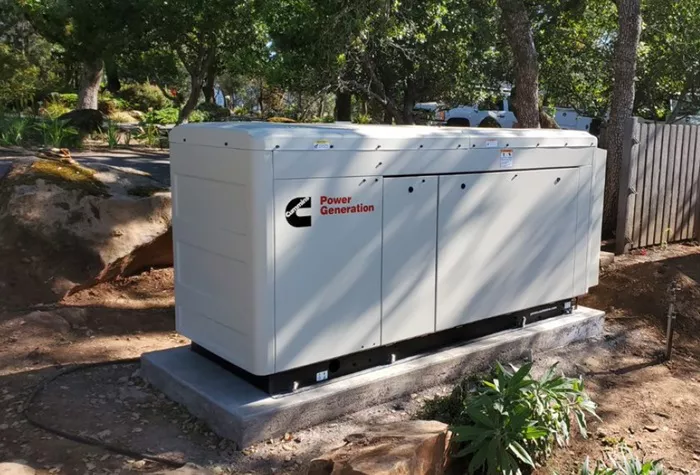Choosing the right generator for your home is crucial to ensure you have reliable backup power during outages. The size of the generator you need depends on several factors, including the appliances you want to run and your home’s power requirements. In this guide, we’ll break down everything you need to know to select the perfect generator size for your needs.
Understanding Generator Sizing
Before buying a generator, you must determine how much power your home requires. Generators are measured in watts (W) or kilowatts (kW), and selecting the wrong size can lead to inefficiency or even damage to your appliances.
Key Terms to Know
Running Watts: The continuous power needed to keep an appliance running.
Starting Watts (Surge Watts): The extra power required when an appliance first starts up (e.g., refrigerators, air conditioners).
Total Load: The combined wattage of all appliances you plan to run simultaneously.
Calculating Your Home’s Power Needs
To find the right generator size, follow these steps:
List Essential Appliances
Identify which appliances you need during a power outage. Common essentials include:
- Refrigerator (600–800 running watts, 1,200–2,400 starting watts)
- Sump pump (800–1,500 running watts, 2,000+ starting watts)
- Lights (60–600 watts)
- Heating or cooling system (1,500–5,000 watts)
- Microwave (1,000–1,500 watts)
- Well pump (1,000–2,000 running watts, 2,000–4,000 starting watts)
Calculate Running and Starting Wattage
Add up the running watts of all appliances you’ll use at the same time. Then, account for the highest starting wattage (since not all appliances start simultaneously).
Example Calculation
- Refrigerator: 800 running watts + 2,000 starting watts
- Lights: 300 watts
- Sump pump: 1,000 running watts + 2,500 starting watts
- Microwave: 1,200 watts
- Total Running Watts: 800 + 300 + 1,000 + 1,200 = 3,300W
- Highest Starting Watts: 2,500W (sump pump)
- Total Generator Needed: 3,300W + 2,500W = 5,800W
A 6,000–7,500W generator would be ideal in this case.
Types of Generators for Home Use
Portable Generators (3,000–10,000W)
- Best for: Powering select appliances during short outages.
- Pros: Affordable, versatile, easy to store.
- Cons: Requires manual setup, runs on gasoline/propane.
Inverter Generators (1,000–7,000W)
- Best for: Sensitive electronics (laptops, TVs).
- Pros: Quiet, fuel-efficient, clean power output.
- Cons: Lower power output, higher cost.
Standby Generators (7,000–20,000W+)
- Best for: Whole-house backup power.
- Pros: Automatic operation, powers entire home.
- Cons: Expensive, requires professional installation.
Choosing the Right Fuel Type
Generators run on different fuels, each with pros and cons:
- Gasoline: Readily available but has a short shelf life.
- Propane: Cleaner burning, stores longer, but requires tanks.
- Diesel: Efficient for heavy-duty use but noisy.
- Natural Gas: Best for standby generators; requires a gas line.
Safety and Installation Tips
- Transfer Switch Required: Prevents backfeeding, which can be dangerous to utility workers.
- Proper Ventilation: Never run a generator indoors (risk of carbon monoxide poisoning).
- Regular Maintenance: Check oil, filters, and battery (for standby models).
Recommendation
- Small Homes (1–2 essential circuits): 3,000–5,000W portable generator.
- Medium Homes (multiple appliances): 7,500–10,000W portable or inverter generator.
- Large Homes (whole-house backup): 15,000W+ standby generator.
Conclusion
By carefully calculating your power needs and understanding generator types, you can choose the best generator for your home. Always consult an electrician if unsure about installation or load requirements. Would you like recommendations on specific generator models based on your home size? Let us know in the comments!

